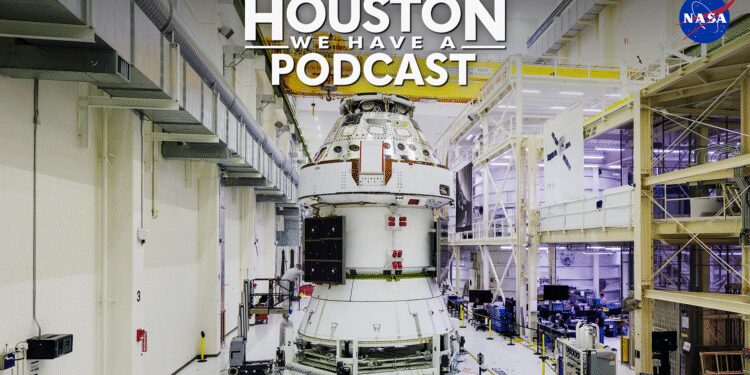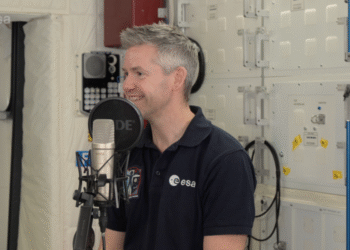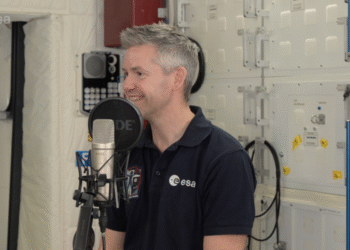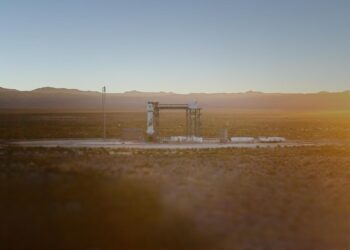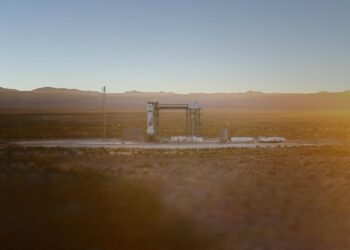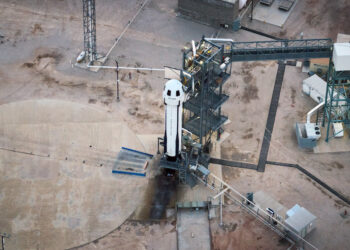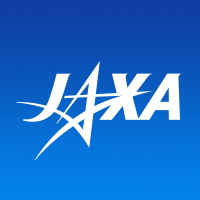NASA’s Artemis II is moving through final integration and readiness activities as the Orion spacecraft prepares for the program’s first crewed flight around the Moon. A recent NASA Johnson Space Center podcast details how Orion’s systems are coming together, what will be tested in flight, and what changed after Artemis I. The mission will validate life support, crew operations, navigation, and trajectory control on a roughly 10-day lunar flyby designed to set the stage for subsequent landings.
Orion architecture and integration
Orion’s Vehicle Integration Office orchestrates the spacecraft’s performance envelope, ensuring hardware, software, and mission rules align with safety and performance requirements. Systems Engineering and Integration tracks verification against thousands of requirements leading into flight readiness reviews, while Guidance, Navigation and Control (GN&C) develops and validates the algorithms that determine where Orion is and how it gets to where it needs to be—without GPS at the Moon.
- Launch Abort System (LAS): A solid-rocket escape tower capable of rapidly pulling the crew module clear of the rocket during early ascent or on the pad.
- Crew Module: The pressurized capsule for four astronauts, featuring displays and controls, windows, stowage, exercise device, and the Universal Waste Management System.
- European Service Module (ESM): ESA-built module providing power via four solar arrays, propulsion via a main engine and thrusters, and thermal control.
What Artemis II will test
- Proximity operations demo: About three hours after launch, Orion will maneuver around the spent upper stage using a docking camera and a compact flight computer that overlays guidance cues on crew displays—training for future lunar lander docking.
- Life support: Three regenerative Carbon Dioxide Humidity Control (CHC) units will manage CO2 and moisture using vacuum-regenerated adsorption beds. Backup lithium hydroxide canisters are aboard for contingencies during early flight.
- Communications resilience: Dual S‑band radios plus an independent emergency voice-only radio. An optical navigation system provides autonomous return capability if communications are lost.
- Automation and crew interfaces: First crewed exercise of Orion’s flight software, displays, and controls across ascent, checkout, trans-lunar injection, coast, and reentry.
- Trajectory management: Routine orbit corrections will counter small perturbations from venting (e.g., life-support and waste water dumps) to preserve precise entry conditions.
Refinements from Artemis I
Artemis I validated the integrated Orion-ESM stack and communications, but revealed two key areas for improvement. Power distribution units experienced intermittent solid-state switch trips attributed to radiation; software mitigations are in place for Artemis II and hardware updates are planned for Artemis III. Thermal protection testing showed that a skip-entry profile fostered char-layer behavior that led to limited heat-shield char loss without structural impact. To eliminate the conditions that drove that response, Artemis II will use a direct entry; an updated heat-shield material formulation is being incorporated for Artemis III and beyond.
Mission timeline at a glance
- Launch and initial orbit: Space Launch System places Orion into an Earth orbit with an apogee near 1,200 nautical miles.
- Apogee raise: The Interim Cryogenic Propulsion Stage (ICPS) boosts apogee to roughly 39,000 miles.
- Separation and prox-ops: Orion separates; at about +3 hours conducts a proximity operations demo around the ICPS.
- High Earth Orbit checkout: Roughly 24 hours of systems assessments determine readiness to proceed.
- Trans-Lunar Injection: At about one day into flight, the ESM main engine performs TLI to depart Earth.
- Free-return flyby: Orion arcs about 5,000 miles behind the Moon and heads home.
- Direct entry and recovery: Targeted reentry and splashdown off San Diego, with recovery operations in the Pacific.
Readiness and mission control posture
Leading to launch, Orion’s systems undergo progressive reviews culminating in a flight readiness review. During flight, Mission Control manages real-time execution while the Mission Evaluation Room tracks deep engineering data and trends. A daily Mission Management Team addresses slower-evolving issues and approves any plan updates to maintain crew safety and mission objectives.
Source: NASA Johnson Space Center podcast: Artemis II – The Orion Spacecraft


